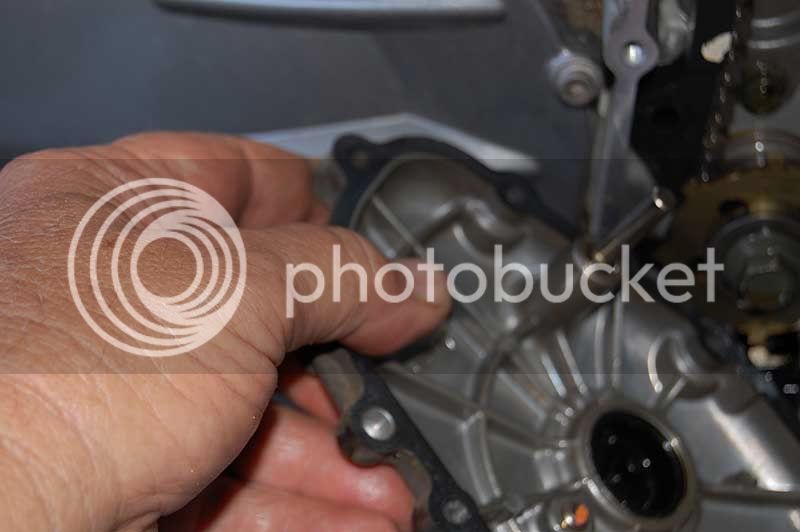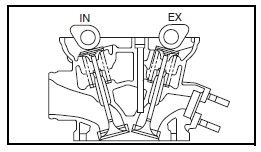You raise a valid concern about the o-rings. One that I considered before I went ahead with the generic o-rings from "The Despot". In my line of work we do use a lot of Teflon and Viton o-rings, both in high vacuum areas and also in junctions subject to extreme <i>cold </i>temperatures. But we really never have any applications where the <i>maximum </i>temperature is the issue, like on the head of our engines. So, naturally, I Googled up a <a href="
https://www.sisweb.com/vacuum/o-rings/oring.htm" target="_blank">reference</a> that indicates the conventional rubber o-rings (Buna-N actually) are good for apps up to 300F. The engine should never be above ~250F, so that seems a comfortable margin.
I'm betting that if one was able to find the source of Yamaha's p/n 93210-18417-00 o-rings, you'd find that they are Buna-N. At least the ones I took out sure looked like it to me.
And, hey, Mom... all the other kids are doing it! Lots of other folks have used the generics with nary a problem.
































![Decrum Motorcycle Jacket Men - Mens Leather Jacket | [1100065] Austin Brown, XL](https://m.media-amazon.com/images/I/41HqZSRj6LL._SL500_.jpg)






















